Showing 17–32 of 46 results
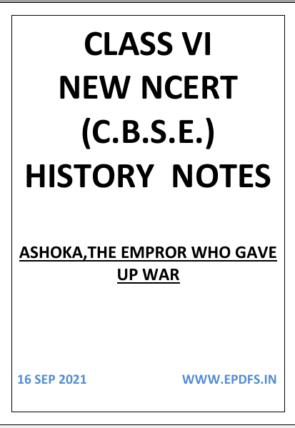
CHAPTER 7- ASHOKA,THE EMPROR WHO GAVE UP WAR

Class VI Chapter 7 – Ashoka,The Empror Who Gave Up War.
Only registered users can download this book.
Please Login/Register first.
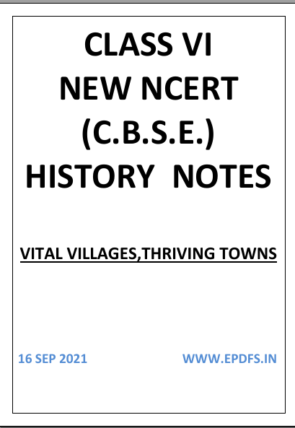
CHAPTER 8 – VITAL VILLAGES,THRIVING TOWNS

Class VI Chapter 8 – Vital Villages,Thriving Towns.
Only registered users can download this book.
Please Login/Register first.
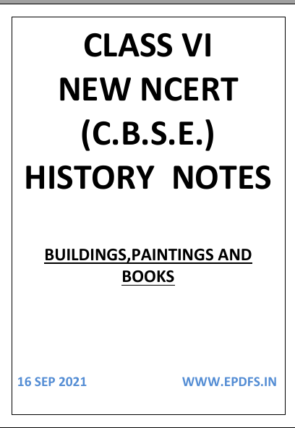
CHAPTER-BUILDING,PAINTING AND BOOKS

Class VI Chapter 11 – Buildings,Paintings And Books.
Only registered users can download this book.
Please Login/Register first.

CHAPTER-NEW KINGS AND KINGDOMS

Class VII Chapter 2 – New Kings And Kingdoms.
Only registered users can download this book.
Please Login/Register first.
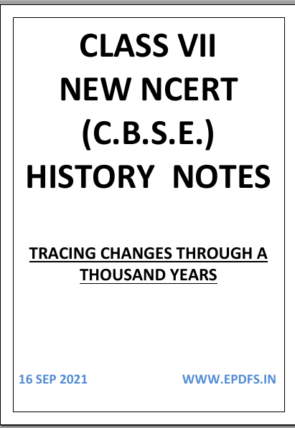
CHAPTER-TRACING CHANGES THROUGH A THOUSAND YEARS

Class VII Chapter 1 – Tracing Changes Through A Thousand Years.
Only registered users can download this book.
Please Login/Register first.
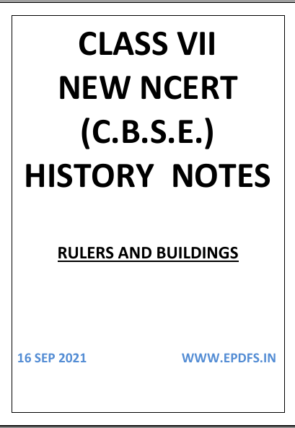
CLASS 7 HISTORY CHAPTER-RULERS AND BUILDINGS FREE PDF NOTES

RULERS AND BUILDINGS FREE PDF NOTES GENERAL BRIEF :-
The Mughal Empire Free PDF notes have been made from Class VII Latest History NCERT book. In addition to the content that is been provided by author in the respective book, no additional content has been added in order to make the notes more attractive.
TO WHOM ARE RULERS AND BUILDINGS FREE PDF NOTES USEFUL ?
The Delhi Sultan free PDF Notes are helpful to the following students :-
- Those Students who have already gone through their syllabus thoroughly and just looking after the short content to give it a final glance at the time of revision.
- Those Students who don’t want to study the whole NCERT books thoroughly in detail.
- Those Students who are looking after the short notes of NCERT History book classwise and chapterwise.
- Those students who want to give a final touch to NCERT books while preparing for competitive Examination.
WHAT DID RULERS AND BUILDINGS FREE PDF NOTES CONTAINS ?
- NCERT content’s short notes.
- NCERT content’s DID YOU KNOW.
- Definition from this Chapter.
- Very Important Points from this Chapter.
Temples and Mosques were the places to worship. Temple was also used as a means to demonstrate power and wealth. Rulers used to build the huge temple which depicts the picture of the world they ruled. These temples also included deities of the subordinate.
Islam does not have the belief in incarnations of god but they built beautiful architecture known as mosques to offer there pray to God.
Rulers in the era of politics used religious architecture to gain fame. They build reservoirs and cultural center. They got involved in building well which was there for common people and ultimately was known for their great deeds.
Have you ever visited the Taj Mahal? Stunning isn’t it? But did you know that the Taj Mahal is actually a mosque? In fact, a lot of the important national monuments that were built by rulers of ancient times are actually forts, palaces etc. Let us take a look at the architecture of some important monuments built by rulers.
Only registered users can download this book.
Please Login/Register first.
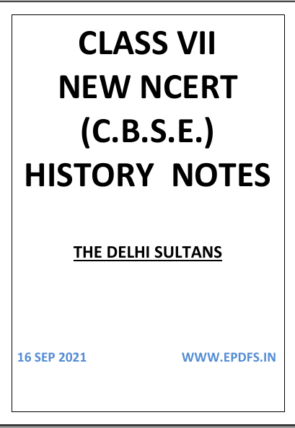
CLASS 7 HISTORY CHAPTER-THE DELHI SULTANS FREE PDF NOTES
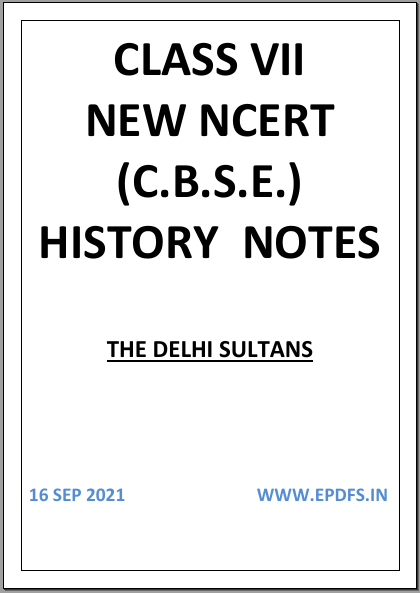
THE DELHI SULTANS FREE PDF NOTES GENERAL BRIEF :-
The Delhi Sultan Free PDF notes have been made from Class VII Latest History NCERT book. In addition to the content that is been provided by author in the respective book, no additional content has been added in order to make the notes more attractive.
TO WHOM ARE THE DELHI SULTANS FREE PDF NOTES USEFUL ?
The Delhi Sultan free PDF Notes are helpful to the following students :-
- Those Students who have already gone through their syllabus thoroughly and just looking after the short content to give it a final glance at the time of revision.
- Those Students who don’t want to study the whole NCERT books thoroughly in detail.
- Those Students who are looking after the short notes of NCERT History book classwise and chapterwise.
- Those students who want to give a final touch to NCERT books while preparing for competitive Examination.
WHAT DID THE DELHI SULTANS FREE PDF NOTES CONTAINS ?
- NCERT content’s short notes.
- NCERT content’s DID YOU KNOW.
- Definition from this Chapter.
- Very Important Points from this Chapter.
Delhi Sultanate, refers to the various Muslim dynasties that ruled in India (1210–1526). It was founded after Muhammad of Ghor defeated Prithvi Raj and captured Delhi in 1192. In 1206, Qutb ud-Din, one of his generals, proclaimed himself sultan of Delhi and founded a line of rulers called the Slave dynasty, because he and several of the sultans who claimed succession from him were originally military slaves. Iltutmish (1210–35) and Balban (1266–87) were among the dynasty’s most illustrious rulers.
Constantly faced with revolts by conquered territories and rival families, the Slave dynasty came to an end in 1290. Under the Khalji dynasty (1290–1320), the conquests of Ala ud-Din Khalji brought Muslim dominion in India to its greatest height until the Mughul empire.
Only registered users can download this book.
Please Login/Register first.
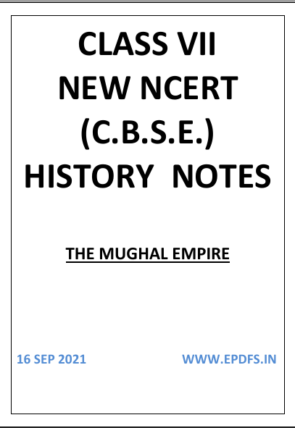
CLASS 7 HISTORY CHAPTER-THE MUGHAL EMPIRE FREE PDF NOTES
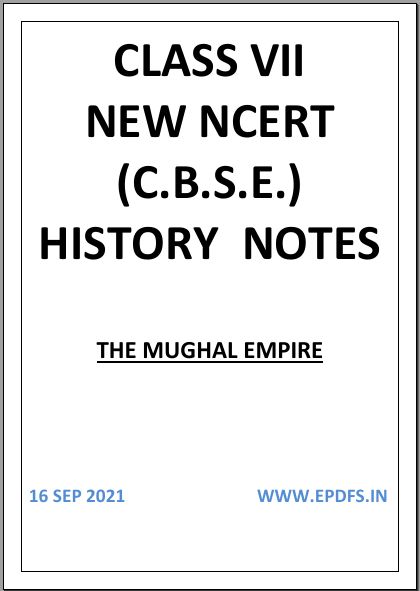
THE MUGHAL EMPIRE FREE PDF NOTES GENERAL BRIEF :-
The Mughal Empire Free PDF notes have been made from Class VII Latest History NCERT book. In addition to the content that is been provided by author in the respective book, no additional content has been added in order to make the notes more attractive.
TO WHOM ARE THE MUGHAL EMPIRE FREE PDF NOTES USEFUL ?
The Delhi Sultan free PDF Notes are helpful to the following students :-
- Those Students who have already gone through their syllabus thoroughly and just looking after the short content to give it a final glance at the time of revision.
- Those Students who don’t want to study the whole NCERT books thoroughly in detail.
- Those Students who are looking after the short notes of NCERT History book classwise and chapterwise.
- Those students who want to give a final touch to NCERT books while preparing for competitive Examination.
WHAT DID THE MUGHAL EMPIRE FREE PDF NOTES CONTAINS ?
- NCERT content’s short notes.
- NCERT content’s DID YOU KNOW.
- Definition from this Chapter.
- Very Important Points from this Chapter.
The Mughal empire is conventionally said to have been founded in 1526 by Babur, a warrior chieftain from what is today Uzbekistan, who employed military aid in the form of matchlock guns and cast cannon from the Ottoman Empire, and his superior strategy and cavalry to defeat the Sultan of Delhi, Ibrahim Lodhi, in the First Battle of Panipat, and to sweep down the plains of Upper India, subduing Rajputs and Afghans.
The Mughal imperial structure, however, is sometimes dated to 1600, to the rule of Babur’s grandson, Akbar, This imperial structure lasted until 1720, until shortly after the death of the last major emperor, Aurangzeb, during whose reign the empire also achieved its maximum geographical extent. Reduced subsequently, especially during the East India Company rule in India, to the region in and around Old Delhi, the empire was formally dissolved by the British Raj after the Indian Rebellion of 1857.
Only registered users can download this book.
Please Login/Register first.
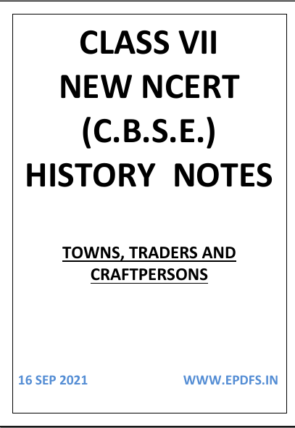
CLASS 7 HISTORY CHAPTER-TOWNS,TRADERS AND CRAFTPERSONS FREE PDF NOTES
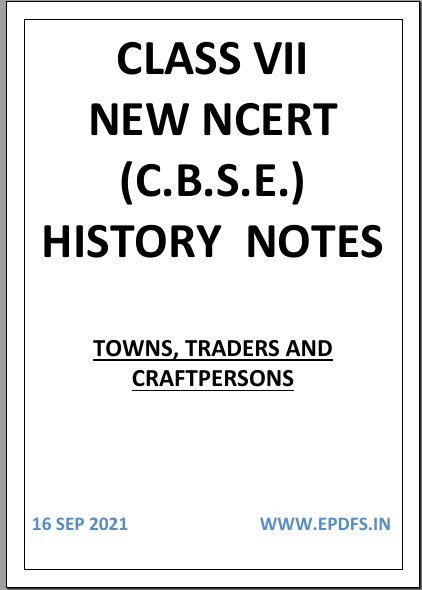
TOWNS,TRADERS AND CRAFTPERSONS FREE PDF NOTES GENERAL BRIEF :-
Towns,Traders an d Craftpersons Free PDF notes have been made from Class VII Latest History NCERT book. In addition to the content that is been provided by author in the respective book, no additional content has been added in order to make the notes more attractive.
TO WHOM ARE TOWNS,TRADERS AND CRAFTPERSONS FREE PDF NOTES USEFUL ?
Towns,Traders and Craftpersons free PDF Notes are helpful to the following students :-
- Those Students who have already gone through their syllabus thoroughly and just looking after the short content to give it a final glance at the time of revision.
- Those Students who don’t want to study the whole NCERT books thoroughly in detail.
- Those Students who are looking after the short notes of NCERT History book classwise and chapterwise.
- Those students who want to give a final touch to NCERT books while preparing for competitive Examination.
WHAT DID TOWNS,TRADERS AND CRAFTPERSONS FREE PDF NOTES CONTAINS ?
- NCERT content’s short notes.
- NCERT content’s DID YOU KNOW.
- Definition from this Chapter.
- Very Important Points from this Chapter.
Several small towns came to be seen in the sub-continent from the 8th century onward. These towns usually had a mandapika or mandi where nearby villagers came to sell their produce. These towns also had market streets called halta or hoot lined with shops.
Hampi was a well-fortified city. No mortar or cementing agent was used in the construction of these walls. The technique followed was to wedge them together by inter-locking.Hampi was the capital of the Vijayanagara Empire in the 14th century.
Chronicles left by Persian and European travellers, particularly the Portuguese, say that Hampi was a prosperous, wealthy and grand city near the Tungabhadra River, with numerous temples, farms and trading markets.
By 1500 CE, Hampi-Vijayanagara was the world’s second-largest medieval-era city after Beijing, and probably India’s richest at that time, attracting traders from Persia and Portugal. The Vijayanagara Empire was defeated by a coalition of Muslim sultanates; its capital was conquered, pillaged and destroyed by sultanate armies in 1565
Only registered users can download this book.
Please Login/Register first.

CLASS 7 HISTORY CHAPTER-TRIBES,NOMADS AND SETTLED COMMUNITIES FREE PDF NOTES
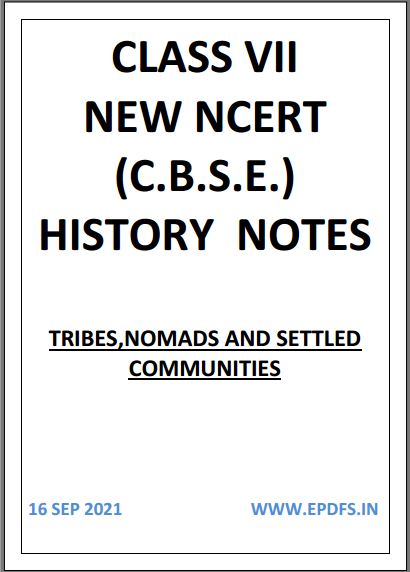
TRIBES,NOMADS AND SETTLED COMMUNITIES FREE PDF NOTES GENERAL BRIEF :-
Tribes,Nomads and Settled Communities Free PDF notes have been made from Class VII Latest History NCERT book. In addition to the content that is been provided by author in the respective book, no additional content has been added in order to make the notes more attractive.
TO WHOM ARE TOWNS,TRADERS AND SETTLED COMMUNITIES FREE PDF NOTES USEFUL ?
Tribes,Nomads and Settled Communities free PDF Notes are helpful to the following students :-
- Those Students who have already gone through their syllabus thoroughly and just looking after the short content to give it a final glance at the time of revision.
- Those Students who don’t want to study the whole NCERT books thoroughly in detail.
- Those Students who are looking after the short notes of NCERT History book classwise and chapterwise.
- Those students who want to give a final touch to NCERT books while preparing for competitive Examination.
WHAT DID TRIBES,NOMADS AND SETTLED COMMUNITIES FREE PDF NOTES CONTAINS ?
- NCERT content’s short notes.
- NCERT content’s DID YOU KNOW.
- Definition from this Chapter.
- Very Important Points from this Chapter.
Several small towns came to be seen in the sub-continent from the 8th century onward. These towns usually had a mandapika or mandi where nearby villagers came to sell their produce. These towns also had market streets called halta or hoot lined with shops.
Hampi was a well-fortified city. No mortar or cementing agent was used in the construction of these walls. The technique followed was to wedge them together by inter-locking.Hampi was the capital of the Vijayanagara Empire in the 14th century.
Chronicles left by Persian and European travellers, particularly the Portuguese, say that Hampi was a prosperous, wealthy and grand city near the Tungabhadra River, with numerous temples, farms and trading markets.
By 1500 CE, Hampi-Vijayanagara was the world’s second-largest medieval-era city after Beijing, and probably India’s richest at that time, attracting traders from Persia and Portugal. The Vijayanagara Empire was defeated by a coalition of Muslim sultanates; its capital was conquered, pillaged and destroyed by sultanate armies in 1565
Only registered users can download this book.
Please Login/Register first.
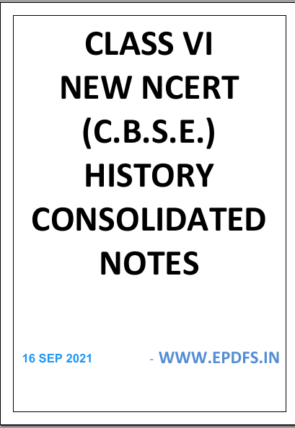
CLASS VI HISTORY CONSOLIDATED NOTES

Class VI History Consolidated Notes.
Only registered users can download this book.
Please Login/Register first.
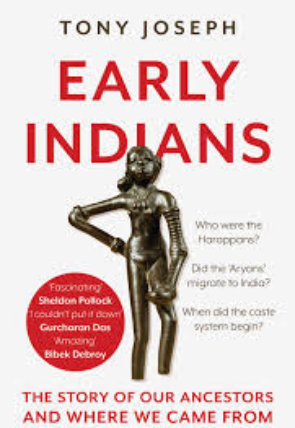
EARLY INDIANS AND THE STORIES OF OUR ANCESTORS AND WHERE WE CAME FROM 2021 EDITIONFREE PDF

Early Indians And The Stories of Our Ancestors and Where We Came From 2021 Edition Free PDF
DESCRIPTION OF BOOK
A 2018 non-fiction book written by Indian journalist Tony Joseph, that focuses on the ancestors of people living today in South Asia. Joseph goes 65,000 years into the past – when anatomically modern humans (Homo sapiens), first made their way from Africa into the Indian subcontinent. The book relies on research findings from six major disciplines – history, archaeology, linguistics, population genetics, philology and epigraphy, and includes path-breaking ancient DNA research of recent years.
The book also relies on the extensive study titled “The Genomic Formation of Central and South Asia”, co-authored by 92 scientists from around the world and co-directed by geneticist David Reich of Harvard Medical School, in which ancient DNA was used. The book was later released in different languages like Tamil, Hindi, Oriya, Telugu, Marathi, Malayalam, Gujarati etc.
WHAT WILL YOU FIND IN THIS BOOK ?
Who are we Indians?
Where did we come from?
Many of us believe our ancestors have lived in South Asia since ‘time immemorial’. But, as it turns out, ‘time immemorial’ may not have been all that long ago.
To tell us the story of our ancestry, journalist Tony Joseph goes 65,000 years into the past – when a band of modern humans, or Homo sapiens, first made their way from Africa into the Indian subcontinent. As Joseph unravels our history using the results of genetics and other research, he takes head-on some of the most controversial and uncomfortable questions of Indian history: Who were the Harappans? Did the ‘Aryans’ really migrate to India? Are North Indians genetically different from South Indians? Are Scheduled Tribes genetically distinct from the rest of the population?
This book relies heavily on path-breaking DNA research of recent years. But it also presents archaeological and linguistic evidence – all in an entertaining and highly readable manner. A hugely significant book, Early Indians authoritatively and bravely puts to rest several ugly debates on the ancestry of modern Indians. It not only shows us how the modern Indian population came to be composed as it is, but also reveals an undeniable and important truth about who we are: we are all migrants. And we are all mixed.
QUESTIONS ANSWERED BY THIS BOOK ?
Who are we Indians ? Where did we come from ? Many of us believe our ancestors have lived in South Asia since ‘time immemorial’. But, as it turns out, ‘time immemorial’ may not have been all that long ago. To tell us the story of our ancestry, journalist Tony Joseph goes 65,000 years into the past—when a band of modern humans, or Homo sapiens, first made their way from Africa into the Indian subcontinent.
Citing recent DNA evidence, he traces the subsequent large migrations of modern humans into India—of agriculturalists from Iran between 7000 and 3000 BCE and pastoralists from the Central Asian Steppe between 2000 and 1000 BCE, among others.
As Joseph unravels our history using the results of genetic and other research, he takes head-on some of the most controversial and uncomfortable questions of Indian history: Who were the Harappans? Did the ‘Aryans’ really migrate to India? Are North Indians genetically different from South Indians? And are the various castes genetically distinct groups?
This book relies heavily on path-breaking DNA research of recent years. But it also presents earlier archaeological and linguistic evidence—all in an entertaining and highly readable manner. A hugely significant book, Ancient Indians authoritatively and bravely puts to rest several ugly debates on the ancestry of modern Indians. It not only shows us how the modern Indian population came to be composed as it is, but also reveals an undeniable and important truth about who we are: we are all migrants. And we are all mixed.
Only registered users can download this book.
Please Login/Register first.
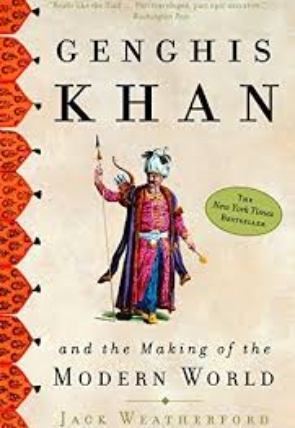
GENGHIZ KHAN AND THE MAKING OF MODERN WORLD

Only registered users can download this book.
Please Login/Register first.
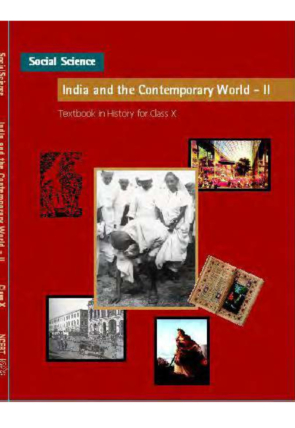
History Class 10th NCERT (New edition)
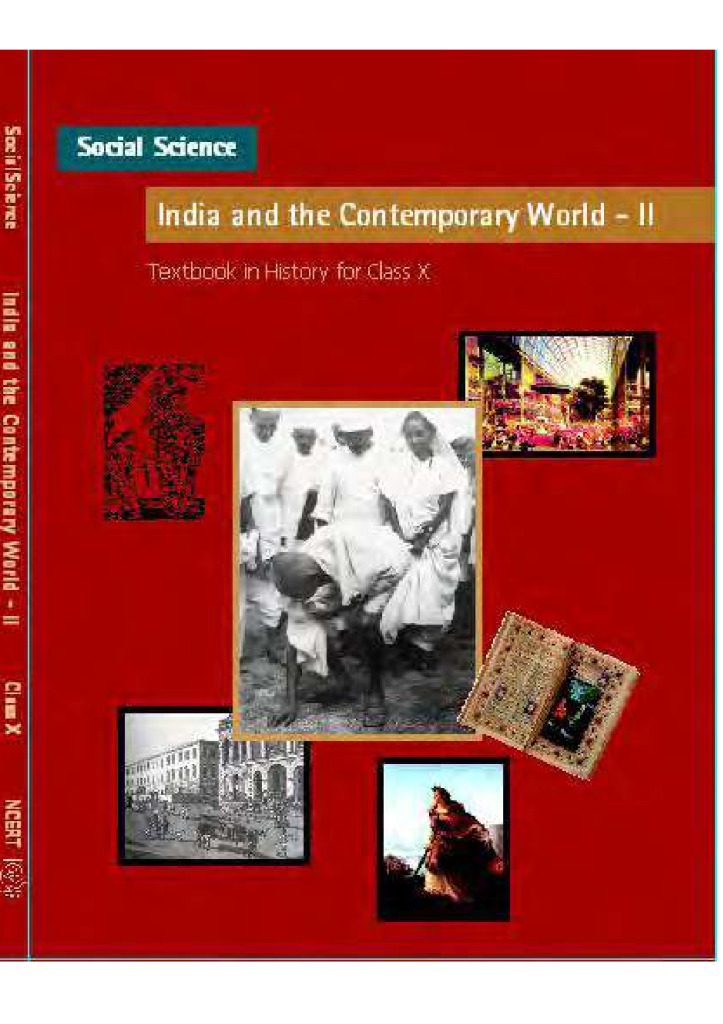
For Class 10 History NCERT Book Free Soft Copy please Login/Register Here.
For Class 10 History NCERT Book Hard Copy for Rs. 123 click here.
Only registered users can download this book.
Please Login/Register first.

History Class 11 New NCERT
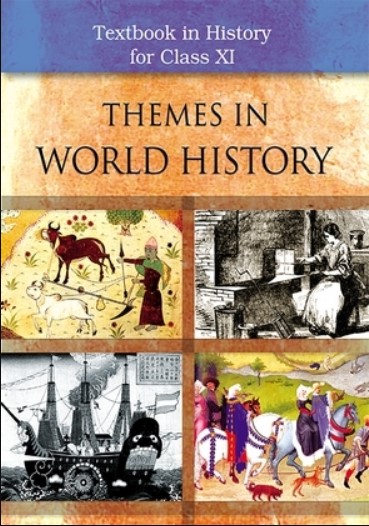
For Class 11 History NCERT Book Part 1 Free Soft Copy Click Here.
For Class 11 History NCERT Book Part 1 Hard Copy for Rs. 235 Click Here
Only registered users can download this book.
Please Login/Register first.

History Class 12th NCERT (New edition)
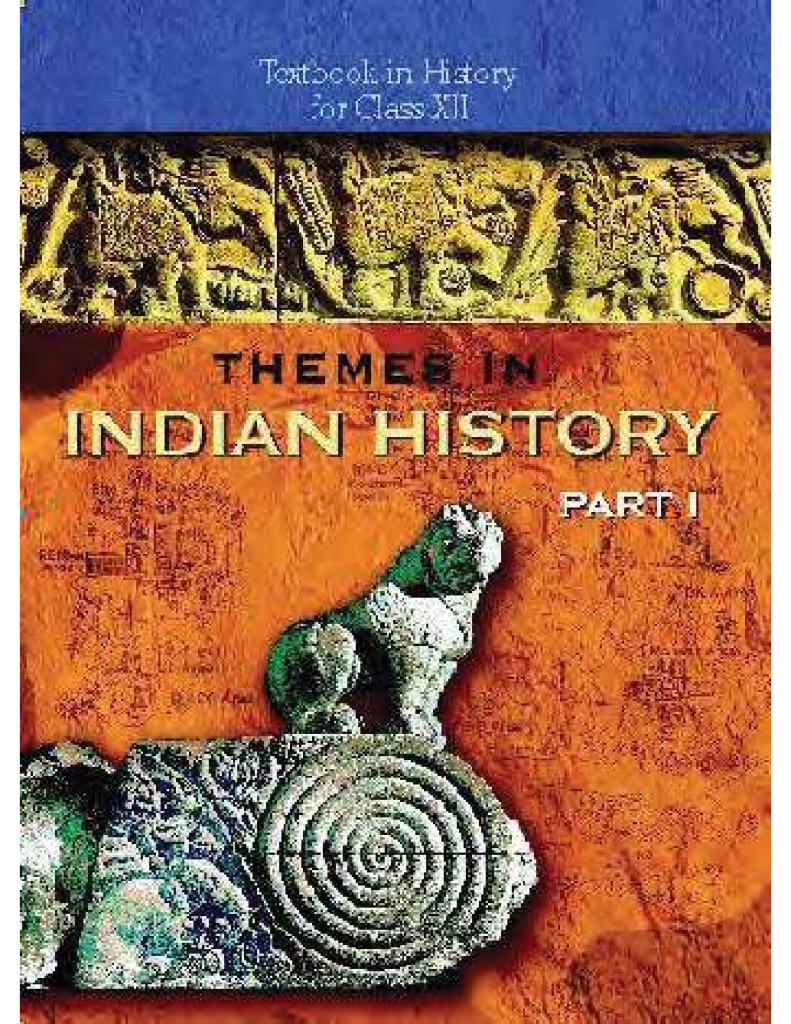
For Class 12 History NCERT Book Free Soft Copy Link/Register.
For Class 12 History NCERT Book Part 1,2 and 3 Hard Copy for Rs. 431 click here.
Only registered users can download this book.
Please Login/Register first.